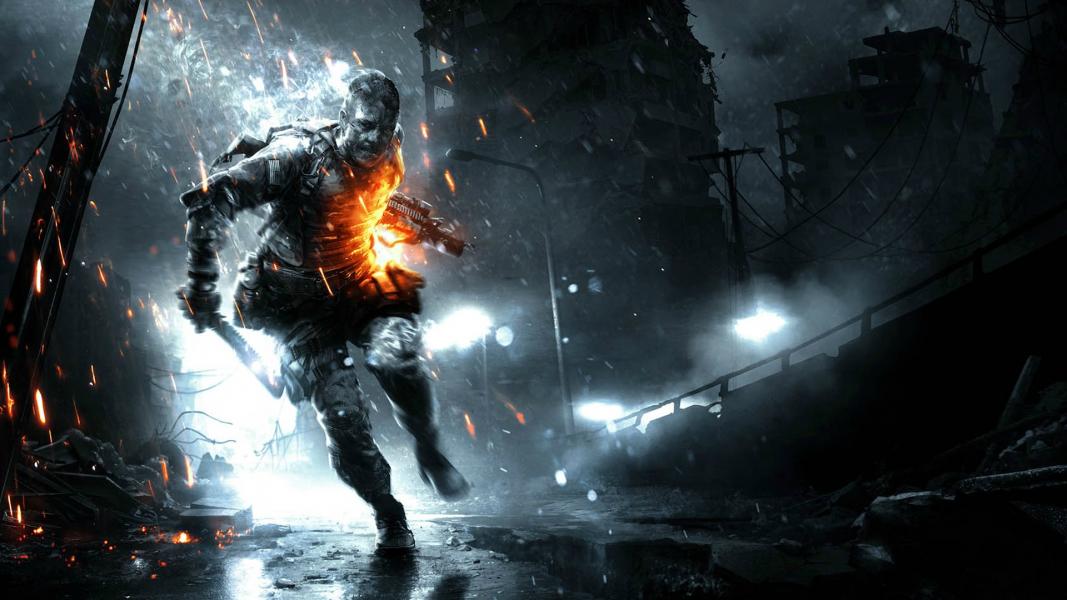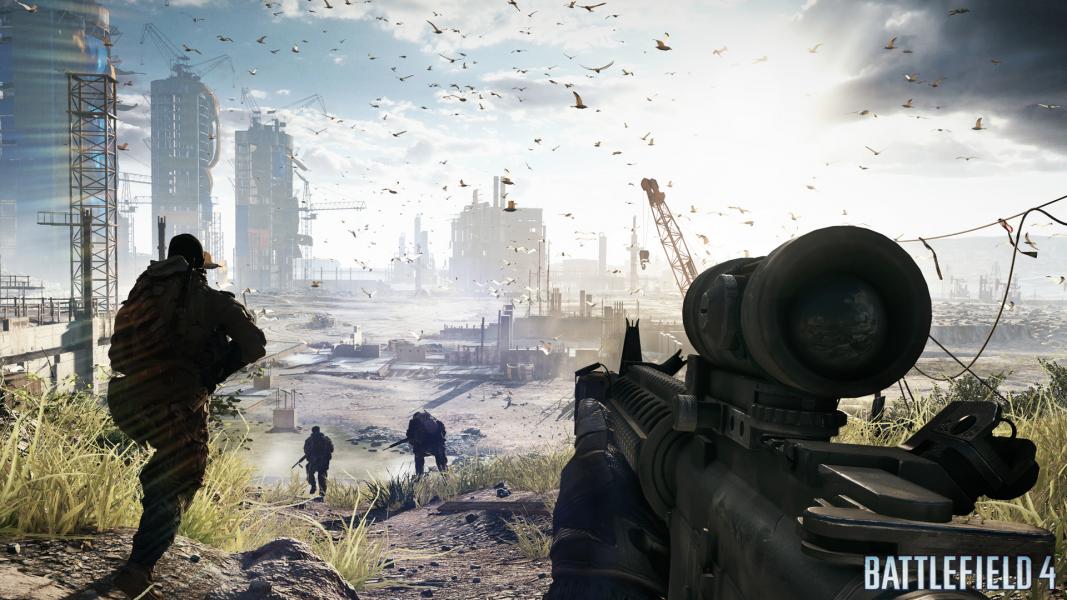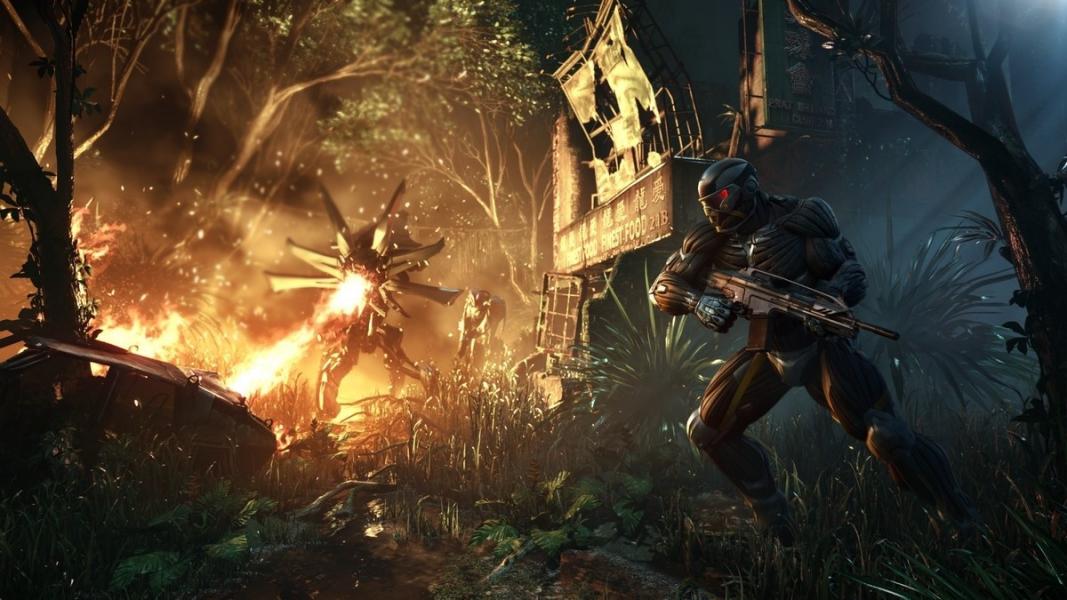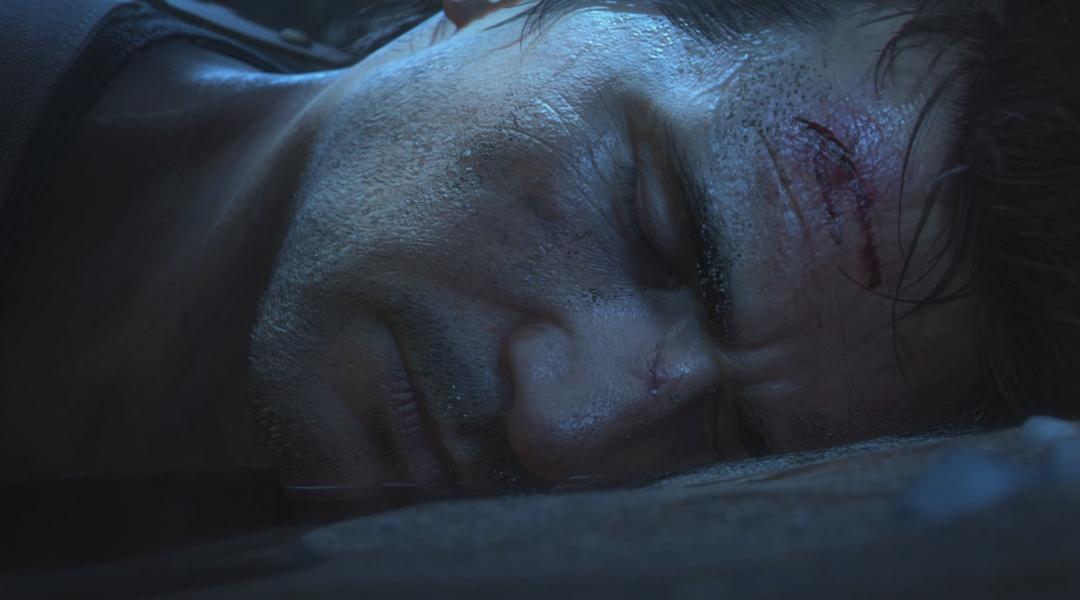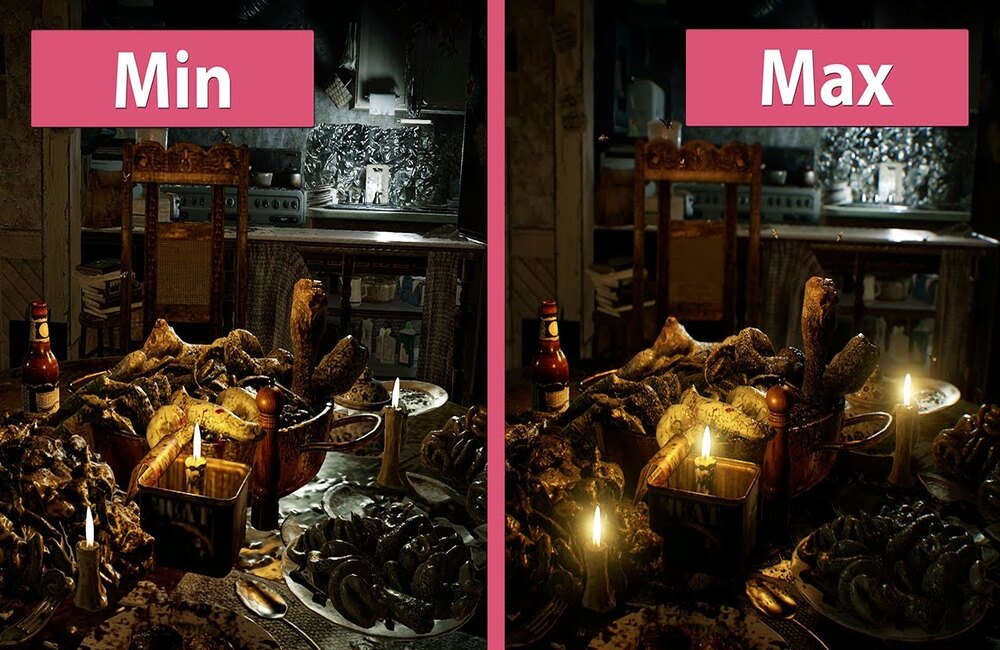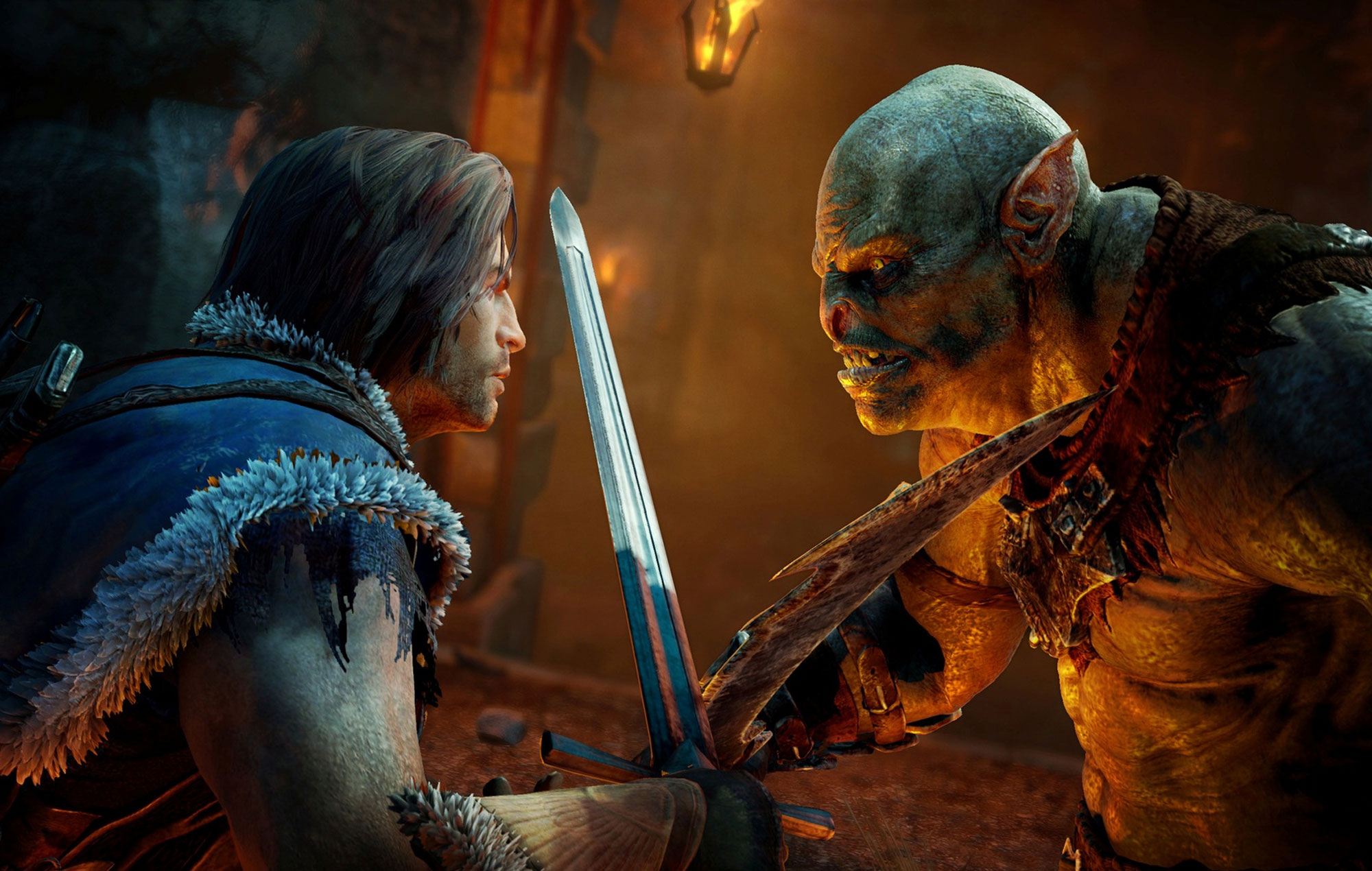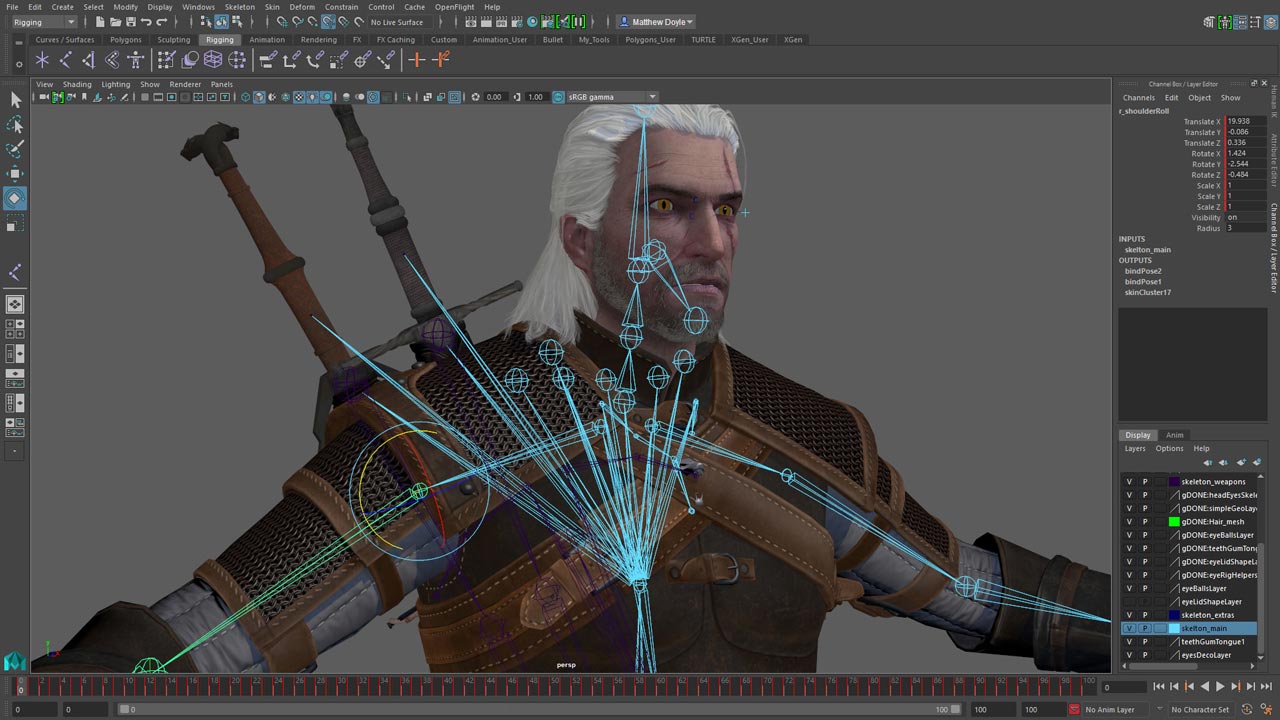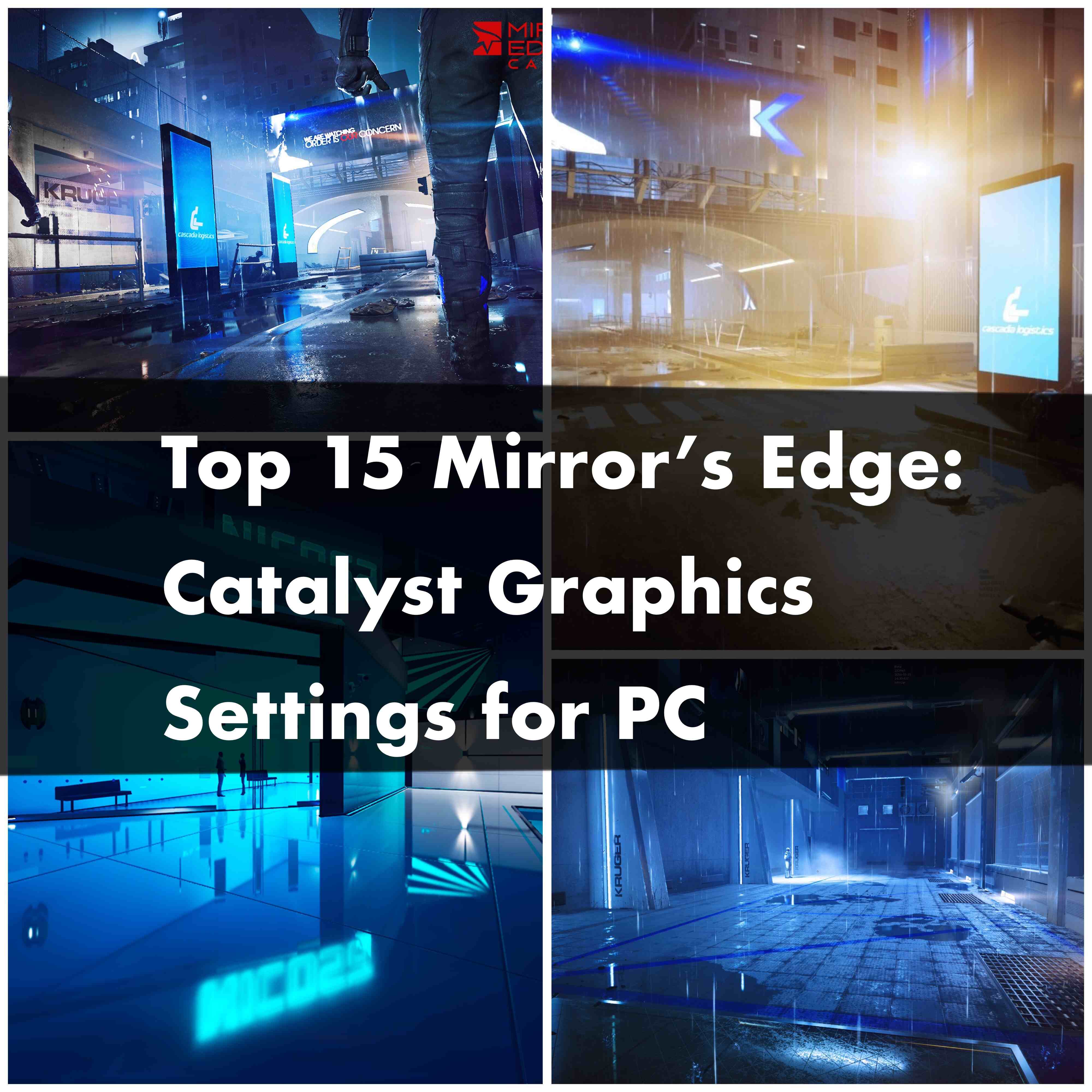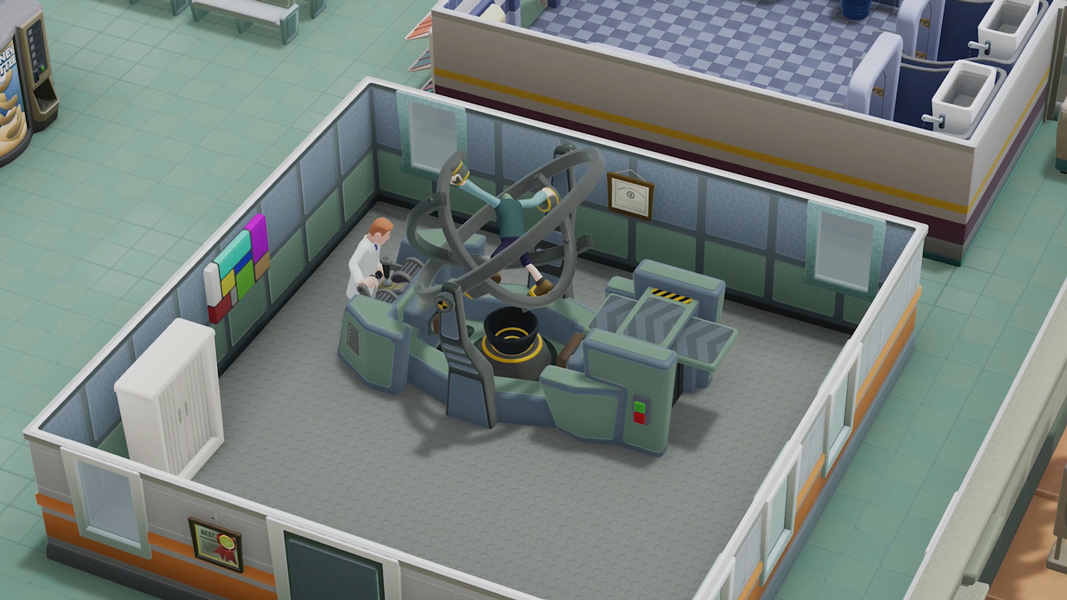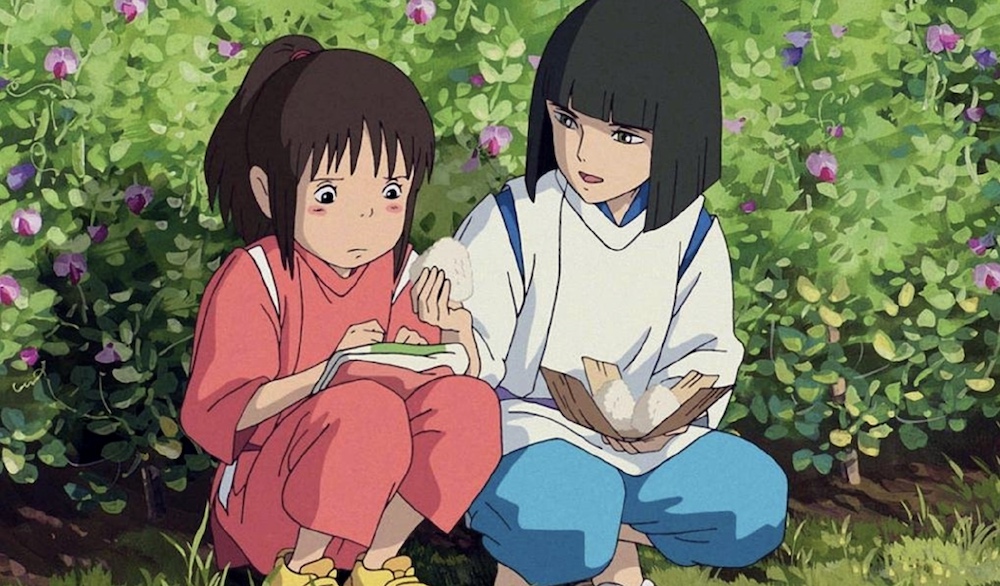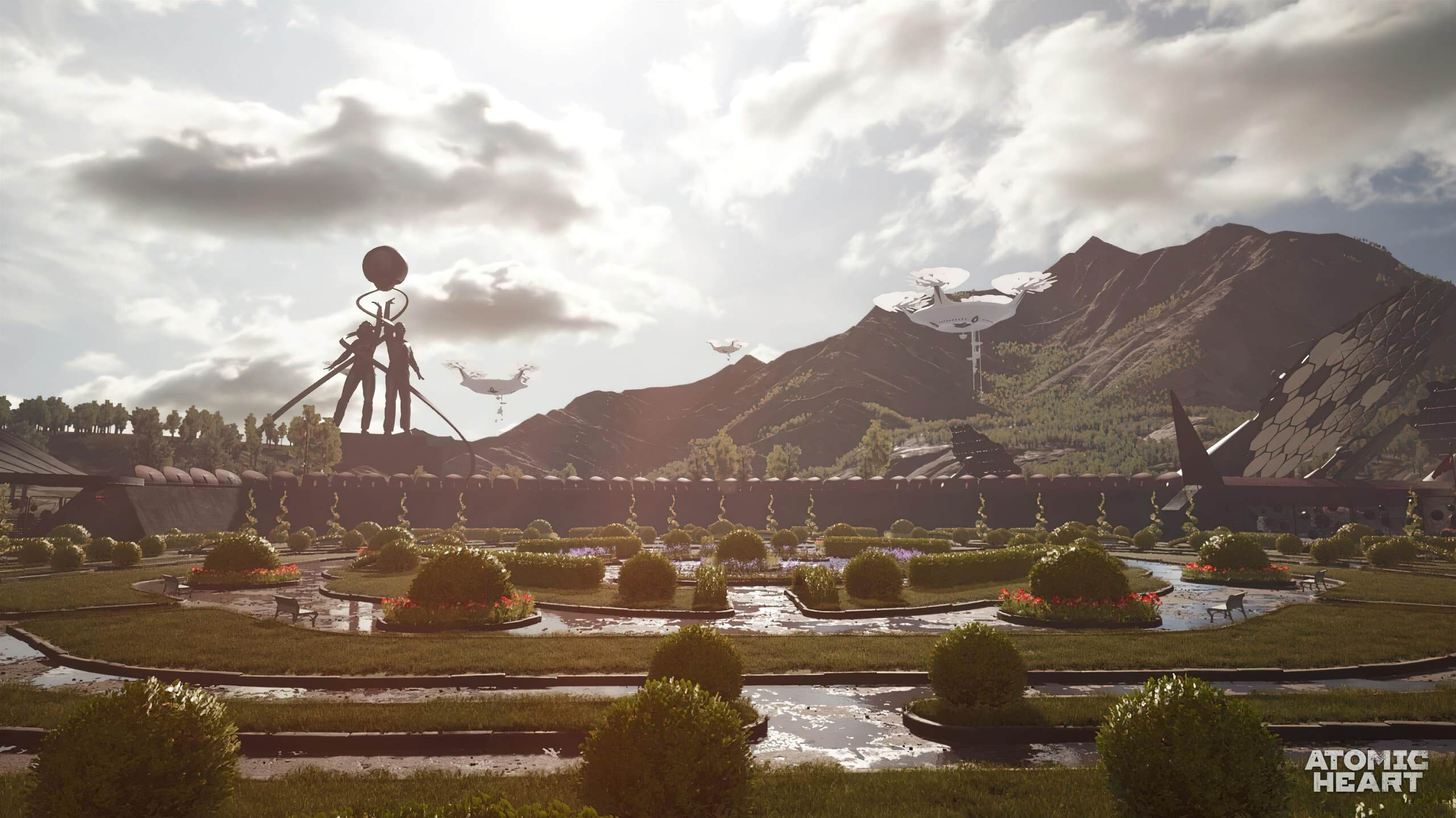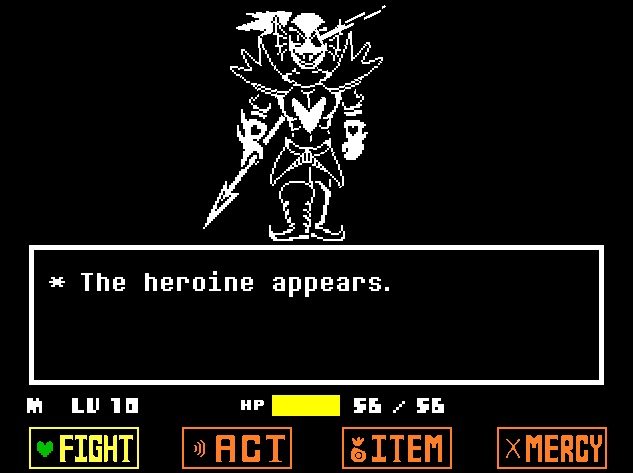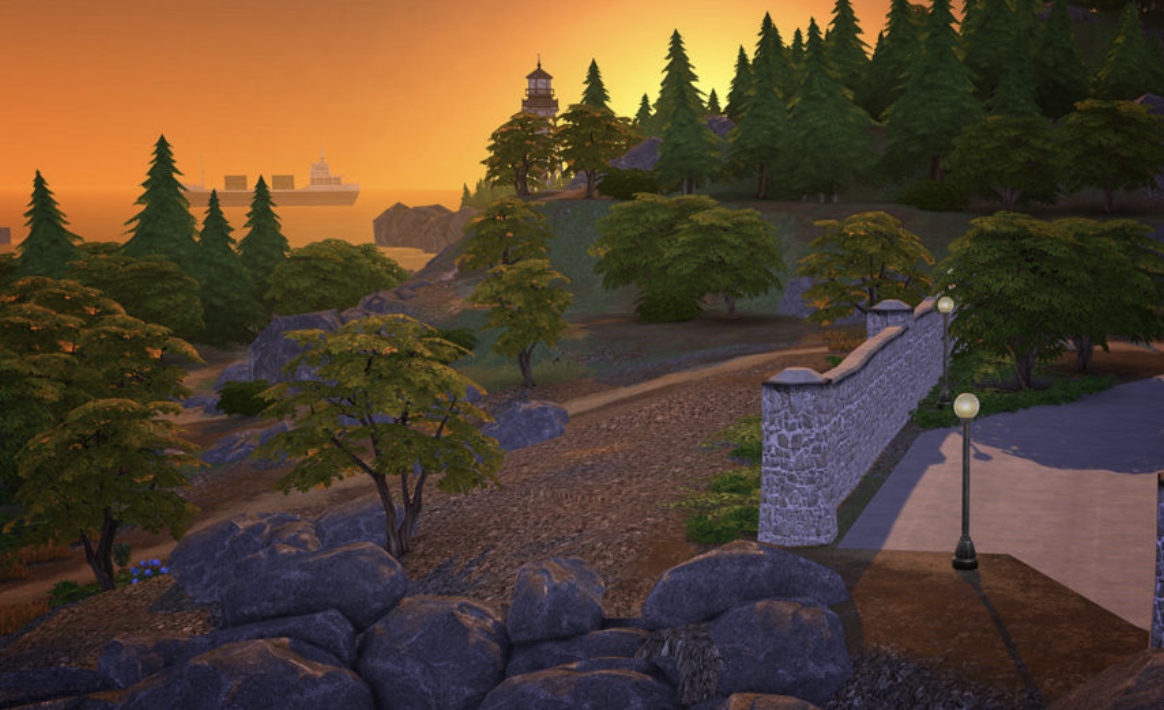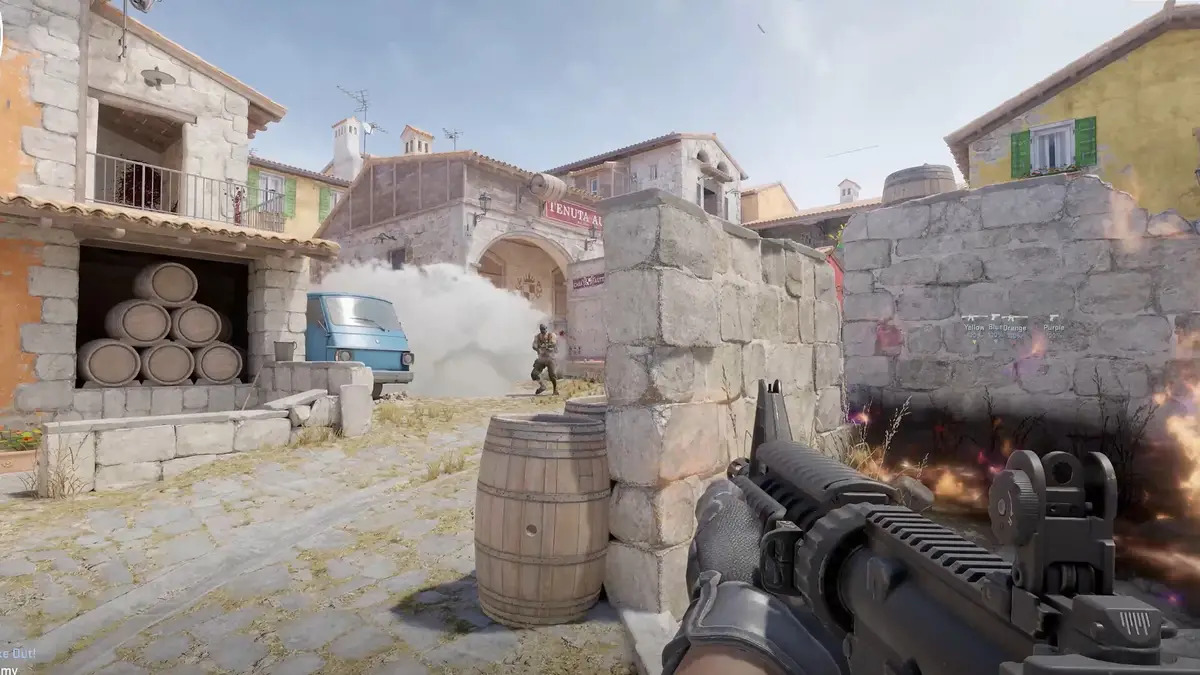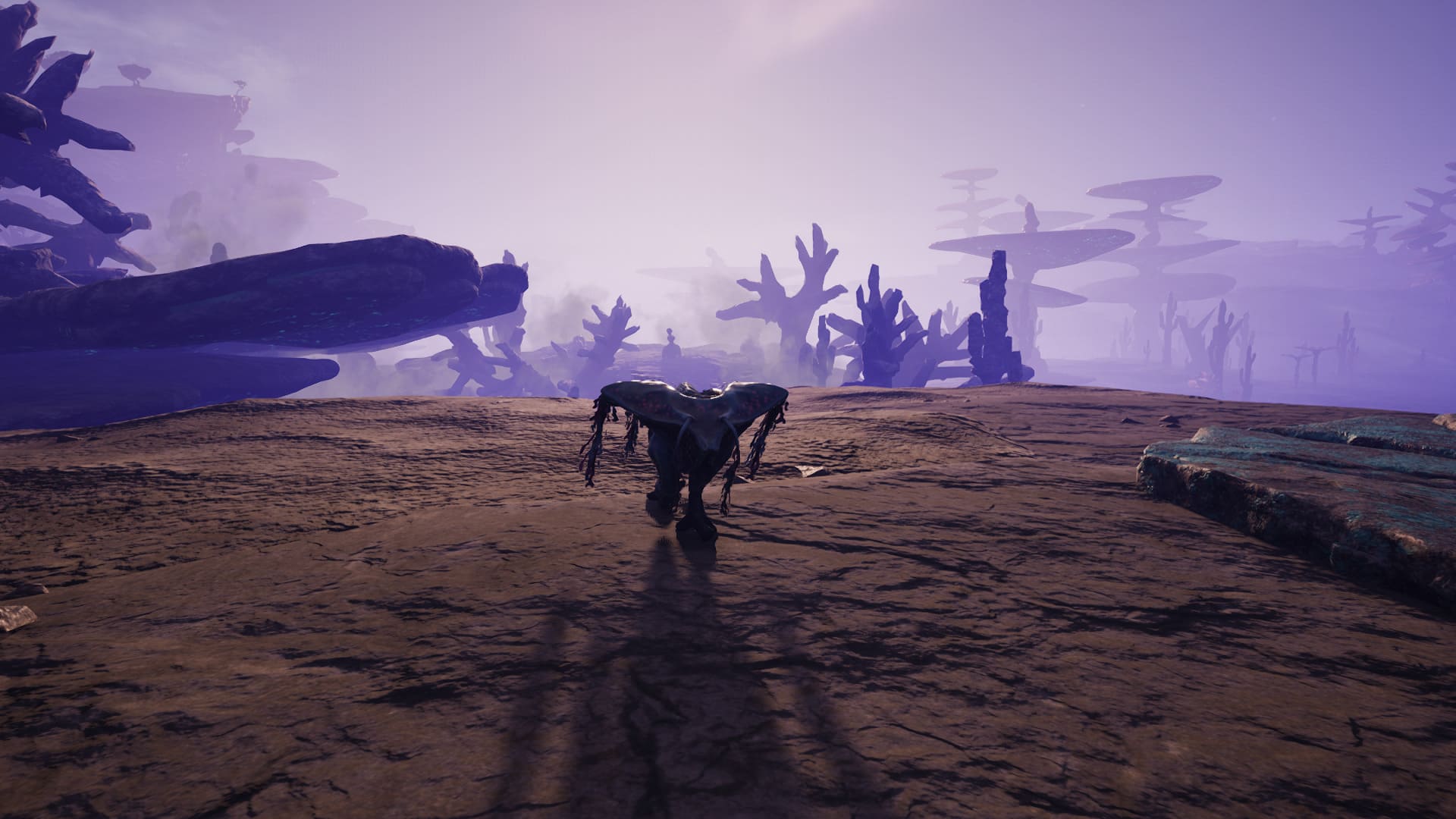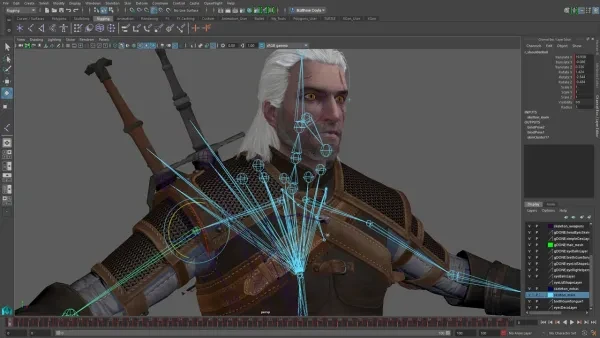
10. Accessibility
Have you ever had a hard time getting into a video game, even though everybody says it’s amazing? (I’m looking at you, Dark Souls)
It’s not your fault. Sometimes games are poorly optimized for the average player - which could be a design choice - often times players feel a stronger connection to their favorite game precisely because it took them considerable effort to discover its secrets and master its mechanics.
Accessibility refers to the ability of a game to appeal to a wide variety of players - this might mean including a colorblind mode and subtitles. But it extends to having intuitive controls, the ability to adjust your difficulty, and even making its core values more easily digestible.
Some games revel in their ability to introduce their core slowly. But frequently, this leads to some players quitting. Here, knowing your audience is key. Whether you’re making a game for hardcore players or a more accessible one for casual ones, intentionality matters.
However, games like The Witcher 3: Wild Hunt or S.T.A.L.K.E.R. offer a completely different experience depending on difficulty, which is a method that can engage both new and seasoned players.
9. Artificial intelligence (AI)
AI can make or break a video game - whether it’s because it makes the enemies too easy to kill or simply act unnaturally. Developers have established some AI mechanics that have stuck around for years. And knowing the rules is essential before breaking them.
In order to have satisfying interactions with AI (enemy and friendly NPCs), they have to feel real, or at least realistic, within the context of the world they live in. In most cases, developers make AI predictable - usually, they have patterns the player can learn from and develop strategies around. This can also mean that NPCs signal their thoughts to players, making it easier to recognize how our actions affect their routines. This often happens through body language or verbal exclamations like “I think I heard something” upon the player exposing themselves or making a noise.
There are many great ways to create fascinating AI that compliments the game’s central mechanics. But some of these ways might not always fit a certain title. AI is essential to a video game because it makes its world feel alive and responsive. A dev should choose its inhabitants’ behavior accordingly.
8. Balancing
Balancing a game is an extremely difficult task. Especially in multiplayer games, it’s a continuous and never-ending process, and it’s on the developers and the players to maintain a healthy balance.
When weighing the scales on the viability of a gun, character, or enemies, among others, the first thing to look at is their win rate or effectiveness compared to other units of the same category. Of course, realistically - that’s not enough.
Sometimes, the true value of a game component is shown through its performance in different contexts. Some characters in Overwatch, for example, were overpowered but remained at a 50% win rate. In reality, the hero had a 100% pick rate and was usually picked on both teams, rendering the win rate irrelevant.
No matter the unfair element in a game, balancing is important because it affects player experience tremendously. Some people may even leave the game permanently because of its “broken” state. But due to the nuanced nature of balancing, players must leave feedback to the developers - because no one knows the feel of the game more than you - the player.
7. Level design
While the level design is one of the first things a player experiences in a game, there’s an intricate science to it. And it’s very easy to mess up a game world.
This is because what we see from the player’s perspective is a finished, often smooth, and engaging experience. Behind the scenes, talented level designers work tirelessly to research the setting, optimize the lighting for performance, create quality assets, and actually model the world. They add story elements and easter eggs and place friendly and hostile NPCs.
You may have toys to play with in the sandbox. But it doesn’t matter if the sandbox isn’t interesting too. That’s why level design is crucial to a great game. It’s the setting where we create memories, cherishing them for decades.
6. Adaptive music & sound
Music and sound design are what stick with a lot of players for a long time. You know that feeling when you hear a song from a game you finished 5 years ago? All the memories flood back because when you used to hear that one song or sound, it set the tone for your journey.
In order for great soundtracks to feel natural and enhance (and even reshape) your experience, it needs to be adaptive and dynamic. Ever wondered why it feels so clunky when you fight zombies in the dark wilderness of Minecraft, only for C418’s relaxing and beautiful music to continue playing?
When sound adapts to what’s happening on-screen, it recontextualizes the whole scene and adds depth, a sense of immersion. If you ever happen to be in a room full of video game sound designers, don’t be surprised if they geek out about adaptive music and sounds.
5. Progression
Progression is something that a lot of games get wrong, despite good intentions. Some old titles have established very robust and consistent progression curves that have carried on through the years but which a lot of gaming communities have now become bored of.
There are a few main progression systems that game studios use as a foundation, further tweaking to fit their titles. A very popular one is the survival game curve, which guides the player to gather materials, craft gear, gather stronger materials, and craft stronger gear (e.g., Minecraft or even Monster Hunter). Others, like the standard MMORPG system, make the player grind content, dumping numerous hours into the game for a chance to get gear.
Depending on the game and the world, these systems can work; however, it usually extends the playtime without adding any new and interesting content to enjoy.
Luckily, many modern game devs are starting to revisit progression systems to enhance the overall experience for players. Valheim is an indie game that took inspiration from classic survival curves, introducing a fresh and exciting alternative.
Progression also includes learning skills, professions, and even acquiring cosmetics. It’s very important for a game’s progression system to fit the game’s themes and genre. Players need to feel a sense of accomplishment and growing power as they invest time into their characters while at the same time continue being challenged and engaged. It’s also dangerous to unlock too much content right off the bat, as this tends to overwhelm players, especially new ones (like how Black Desert Online thrusts you into the game with thrilling skills and combos instead of unlocking them one by one).
With the exploration of new and player-friendly progression curves, it’s inspiring to see that progression systems themselves are progressing.
4. User interface (UI)
The UI of video games is an element most of us take for granted, not realizing how much it shifts our perception in-game.
Exceptional UI isn’t grandiose - it lets the other components of the game shine. But it can contribute to an overall aesthetic continuity while making the game easier to navigate and enjoy.
A common approach to video game UI design is diegetic UI. In other words - UI elements that are part of the game world and can be interacted with. Like the iconic Pip-Boy in the Fallout series, which is a lore-friendly way to display quests, status effects, the map, and even the inventory. UI also includes the HUD (heads-up display), vital to understanding the limits of your character and their surroundings.
Overall, designing quality UI/UX is more complex than it looks, but that’s its point - communicating as much as possible to the player without overwhelming them. It glues the technical elements of a game to the actual gameplay itself. It’s there all the time - and because of UI’s omnipresence, it sits high on this list.
3. Gameplay mechanics
Gameplay mechanics literally define the identity of a video game when it comes to its core gameplay.
The reason you might enjoy Crash Bandicoot more than other platformers is most likely due to the way it plays - the jumps or the unique physics, for example. A lot of people never find the “WoW killer” simply because they don’t like the movement or combat systems of other MMOs.
Gameplay mechanics are the systems or rules that govern how a game plays. Of course, we experience mechanics through the story, the world, and the visuals. Still, mechanics are the building blocks of everything you do in a game, so trying to list all the examples would be an impossible task.
Instead, let’s mention this - many games have similar gameplay mechanics - most shooters have almost identical combat when you break it down. For them to feel unique, studios add a lot of nuances and subtle alterations, sometimes even revamping the whole mechanic’s concept with the goal of launching an unparalleled, groundbreaking one.
Next time you play a video game, focus on a single mechanic and appreciate it! The Last of Us 2 introduced an incredibly satisfying grappling hook mechanic that’s fun and physically realistic; however, it didn’t get as much screen time as players would’ve liked. Some mechanics are ahead of their time, and studios don’t even realize it.
2. Storytelling
There are so many great stories that video games have told; it’s hard to count. But what makes a memorable video game story?
A video game has to approach storytelling in a way that, let’s say, a movie or a book can’t. Talented writers can systematically write compelling narratives, but in games, they need to work with the level designers, the devs that develop mechanics, the music directors; literally, the whole team.
Telling the story through environments, for example, is something you can’t do with other forms of media, at least not to the extent that games can. This multi-channel storytelling is a game’s unique inherent quality and allows us to experience a story in an immersive, slow-burning way. Even the most talented directors can’t truly adapt Red Dead Redemption 2 to TV. How can you, as a viewer, experience the interactions, songs, love, and hate around the campfire if you’re not Arthur Morgan?
Even MOBA games, such as League of Legends, have developed backstories for their champions so you can understand your main character’s motivations, origins, and lore. The story invests the player emotionally. And while we sometimes love to run and gun just for the fun of it, the plot gives our actions meaning.
1. Art direction
Do you remember the good old Harry Potter games? Now you’re all nostalgic, aren’t you? The first one of the series fills the memories of many 90s and 00s kids, and the strange thing about it is that… it just looks better than some of the other ones in the series.
It’s not graphics. “The Chamber of Secrets,” naturally, had better graphics. It’s the art direction.
Perhaps even due to its graphics limitation, the first game managed to be creative with its colors, the lighting and use everything at its disposal to create a beautiful representation of Hogwarts.
Art direction compiles all creative decisions that govern the game’s visual identity. And it lasts much, much longer than graphics.
Using Valheim as an example again, the game is no bigger than 1GB. But using its lighting, color palette, and overall artistic direction, it trumps games with much higher graphics, hardware requirements, and budget.
Art direction also determines how the visual aspects of the game will reflect its themes. If a game’s narrative and world are dangerous or dark, the tone of the game’s art style should communicate that to the player.
The overall personality and identity are shaped by art direction too. Bad direction is often fine for its time but forgettable or even unenjoyable as time passes. Right now, The Elder Scrolls III: Morrowind sticks out as if I played it yesterday, with its over-the-top fantasy art style - the huge mushrooms, the villages built in the tall trees. No wonder my dreams are seldom set in Vvanderfell.


